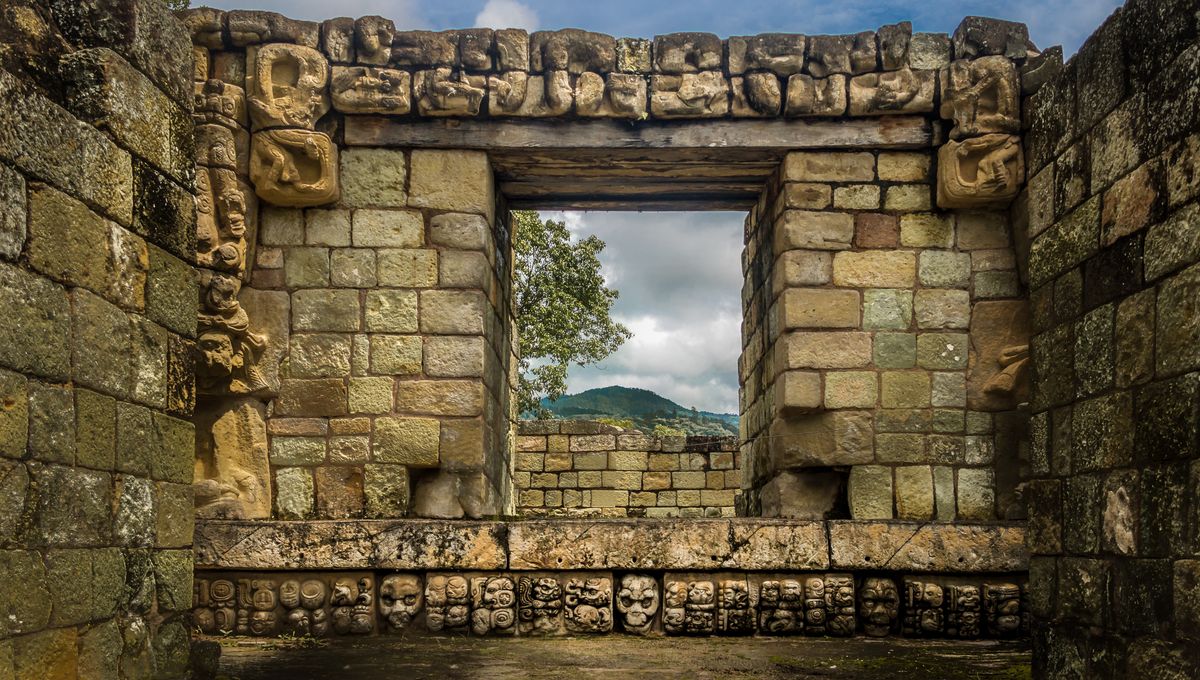
Researchers have confirmed the secret of lime plaster used by the Ancient Maya. The Mesoamerican people likely added a special ingredient to this construction material: tree bark extracts. And this made their lime plaster much more durable, something that might have important applications today.
The team worked with local Maya-descended masons at Copán in Honduras – which used to be a major Maya center before the Spanish colonization of Central America – to understand how the plaster was made. The approach involves adding the sap from the bark of local tree species, Chukum and Jiote, when the lime – the umbrella term for calcium oxides rather than the delicious fruit – is mixed with water, a process called slaking.
Comparative analysis of plaster and stucco from between 540 and 850 CE and those created by the team today show a strong resemblance. Sap-infused plaster was likely used by Maya masons for its increased durability, plasticity, and water resistance.
Plasters, cement, and concrete have been used since antiquity, some since prehistory. Many civilizations have used and improved these now ubiquitous building materials, and yet, the exact recipes used by our ancestors are not always passed on intact, as in this case. Sometimes, archaeologists must work hard to understand how these materials were made. Just a few months ago, researchers recreated the ancient Roman technique of hot mixing for remarkably durable and self-healing concrete.
These materials share a critical ingredient: lime mixed with water at the very least. Extra steps differentiate between these three materials, but ancient civilizations also realized that they could mix organic material to make plaster stronger.
“Our study helps to explain the improvement in the performance of lime mortars and plasters with natural organic additives developed not only by ancient Maya masons but also by other ancient civilizations (e.g., ancient Chinese sticky rice lime mortars),” the authors wrote in the paper.
And it is not just rice in ancient China. Romans added oil, but fruit juices, animal fats, beer, and even blood have been considered by different civilizations. To be fair, you can make bricks for the Moon and Mars out of blood, urine, and potatoes, so it’s not like that after thousands of years we are doing things in a radically different way.
The study is published in Science Advances.
Source Link: Ancient Maya’s Secret To Making Plaster Stronger Revealed